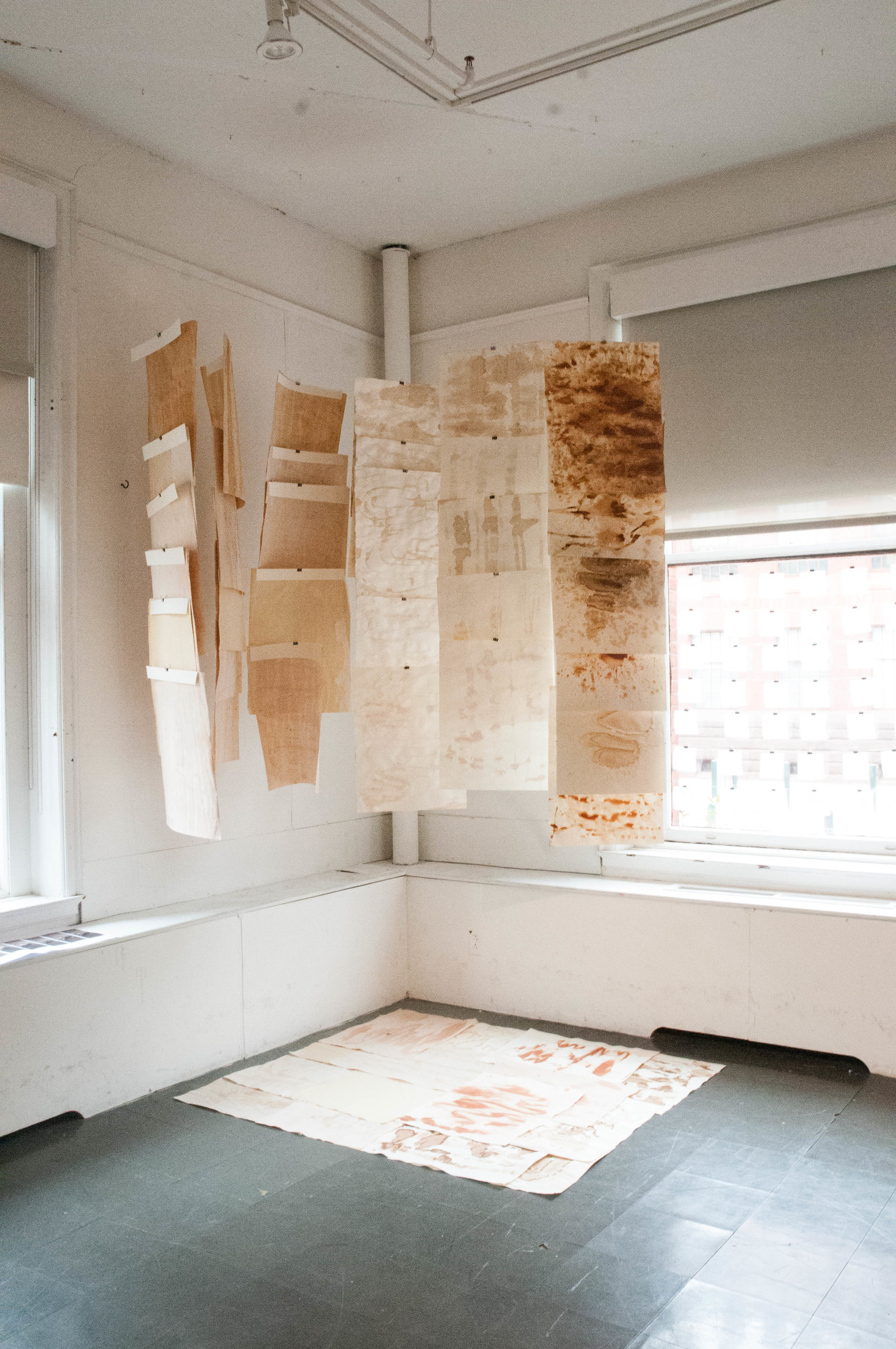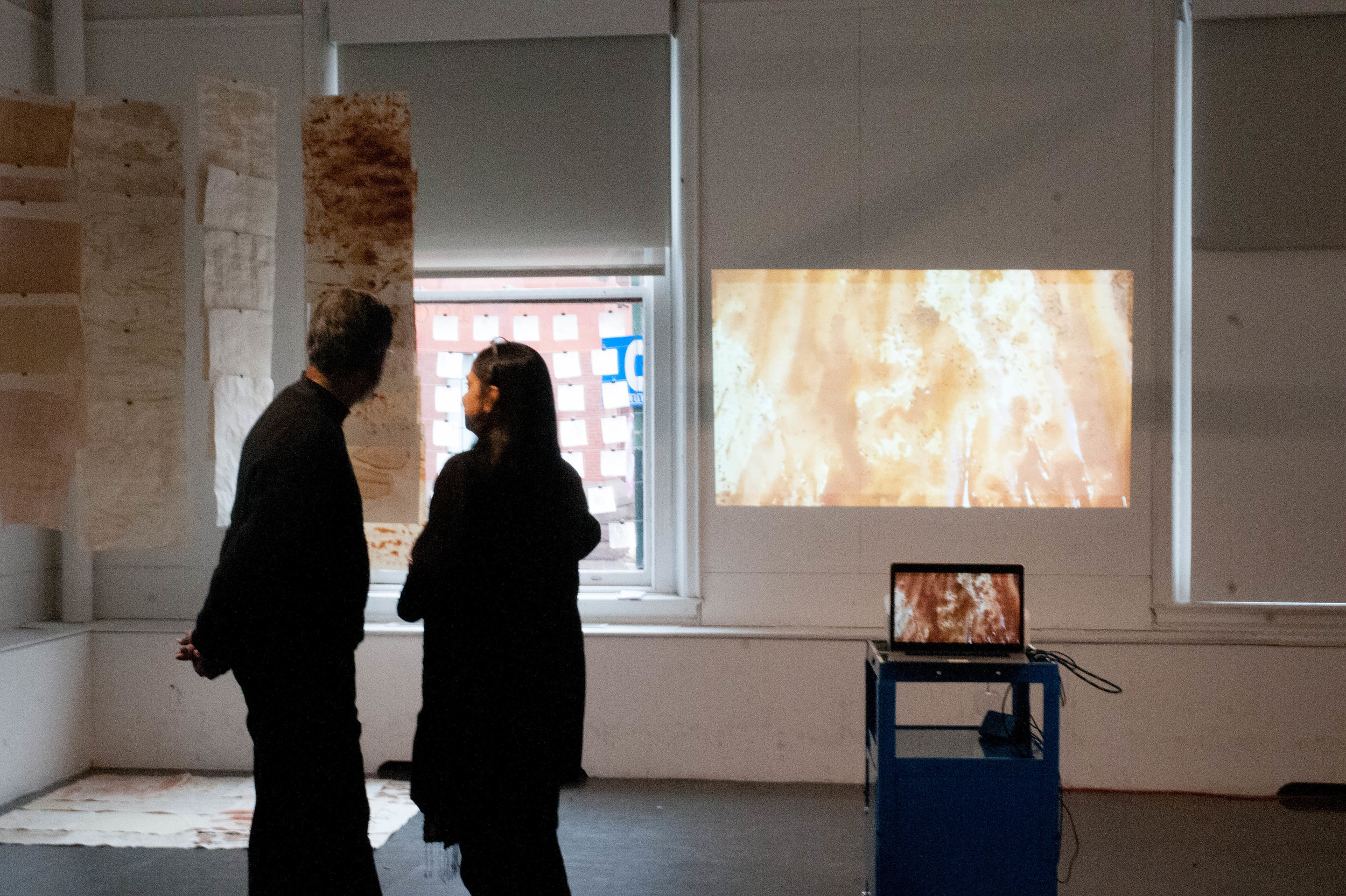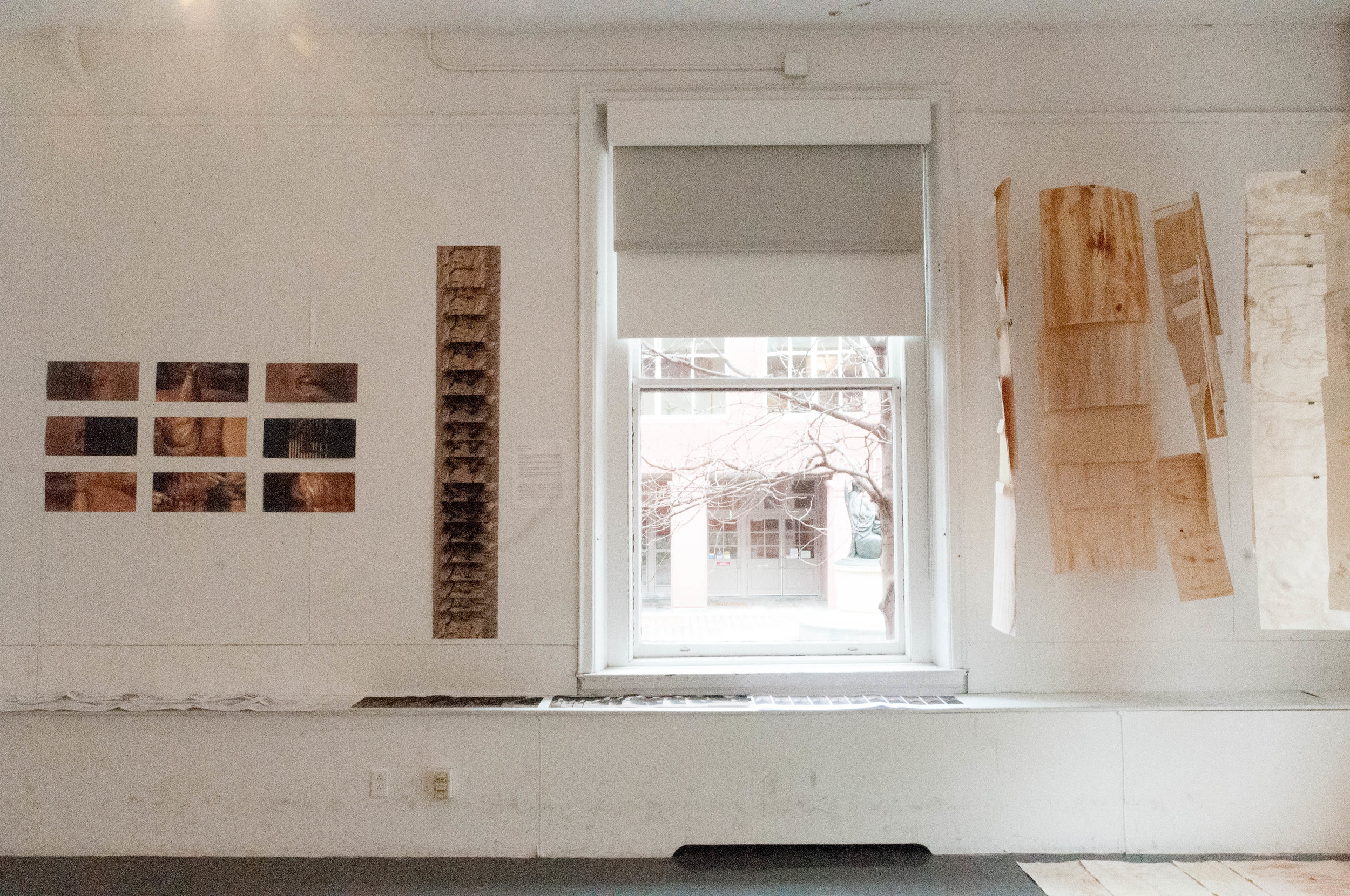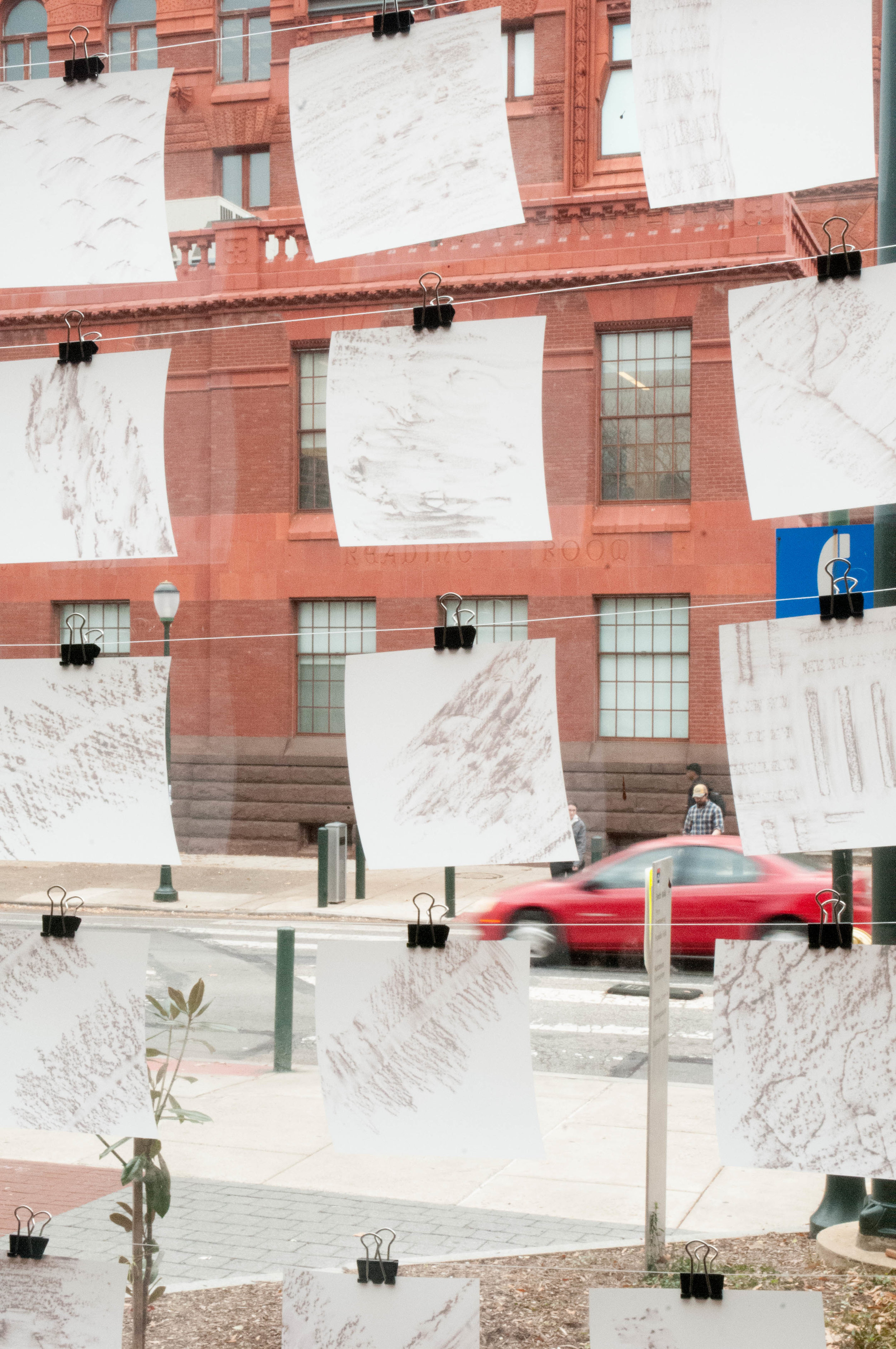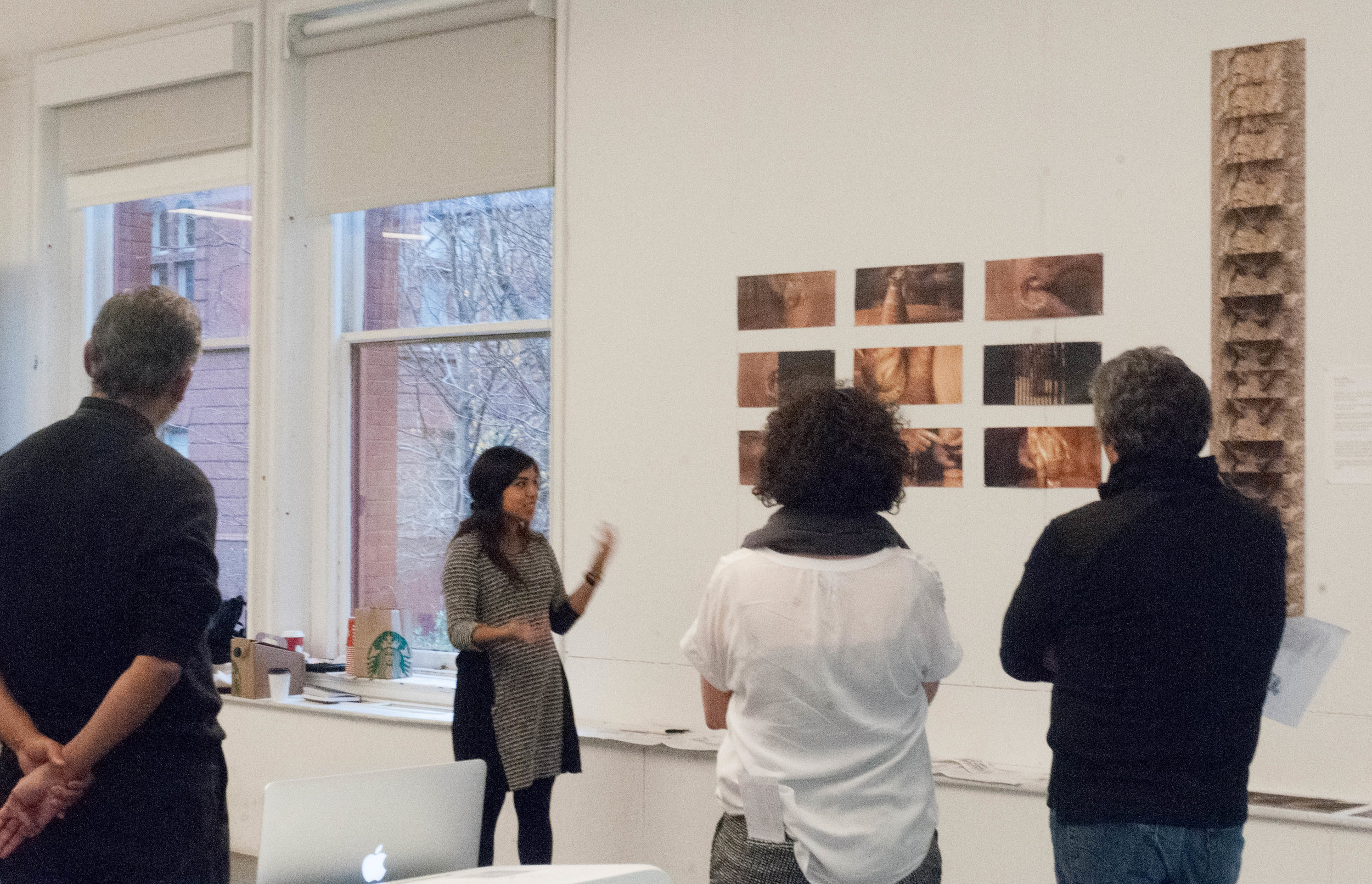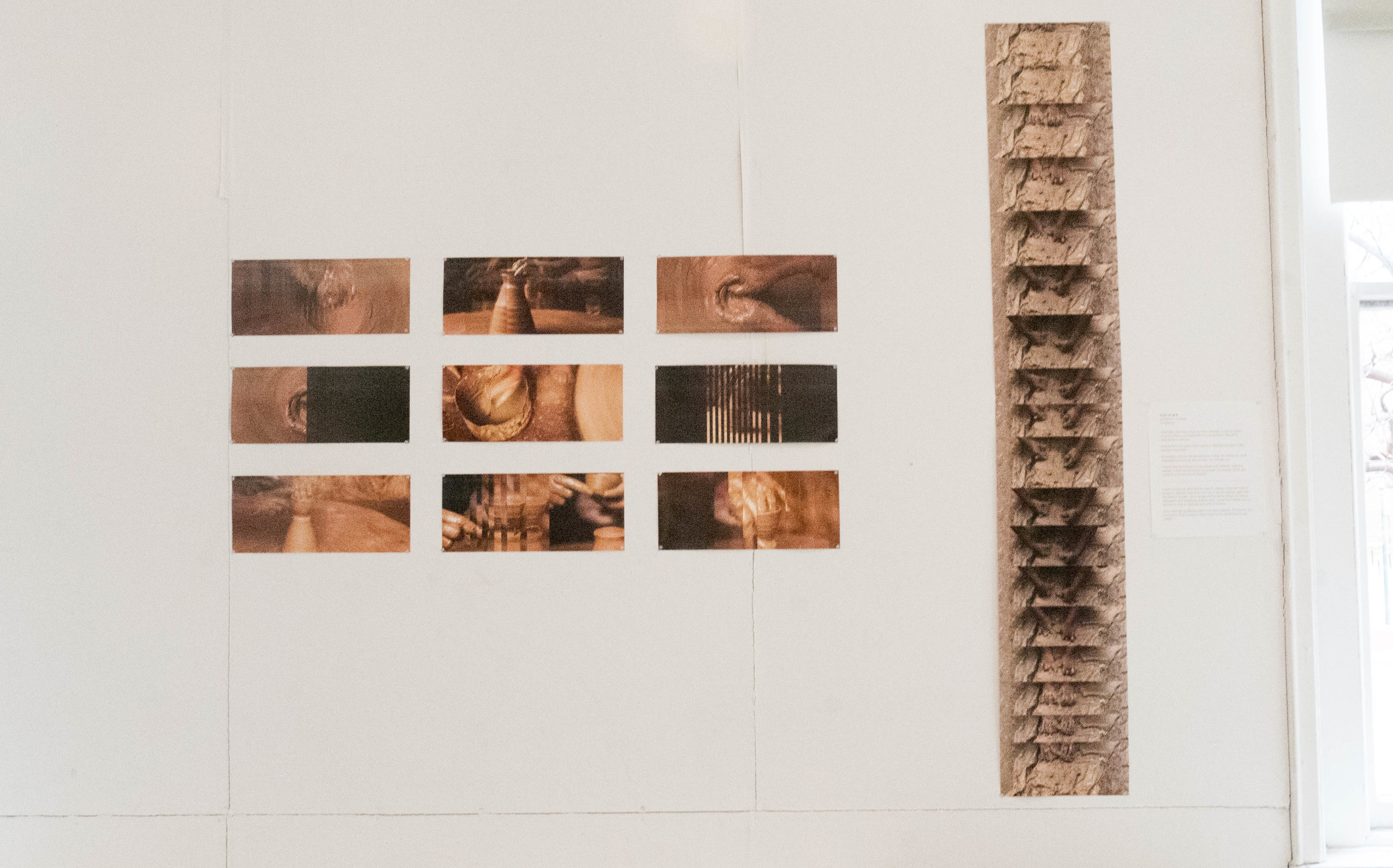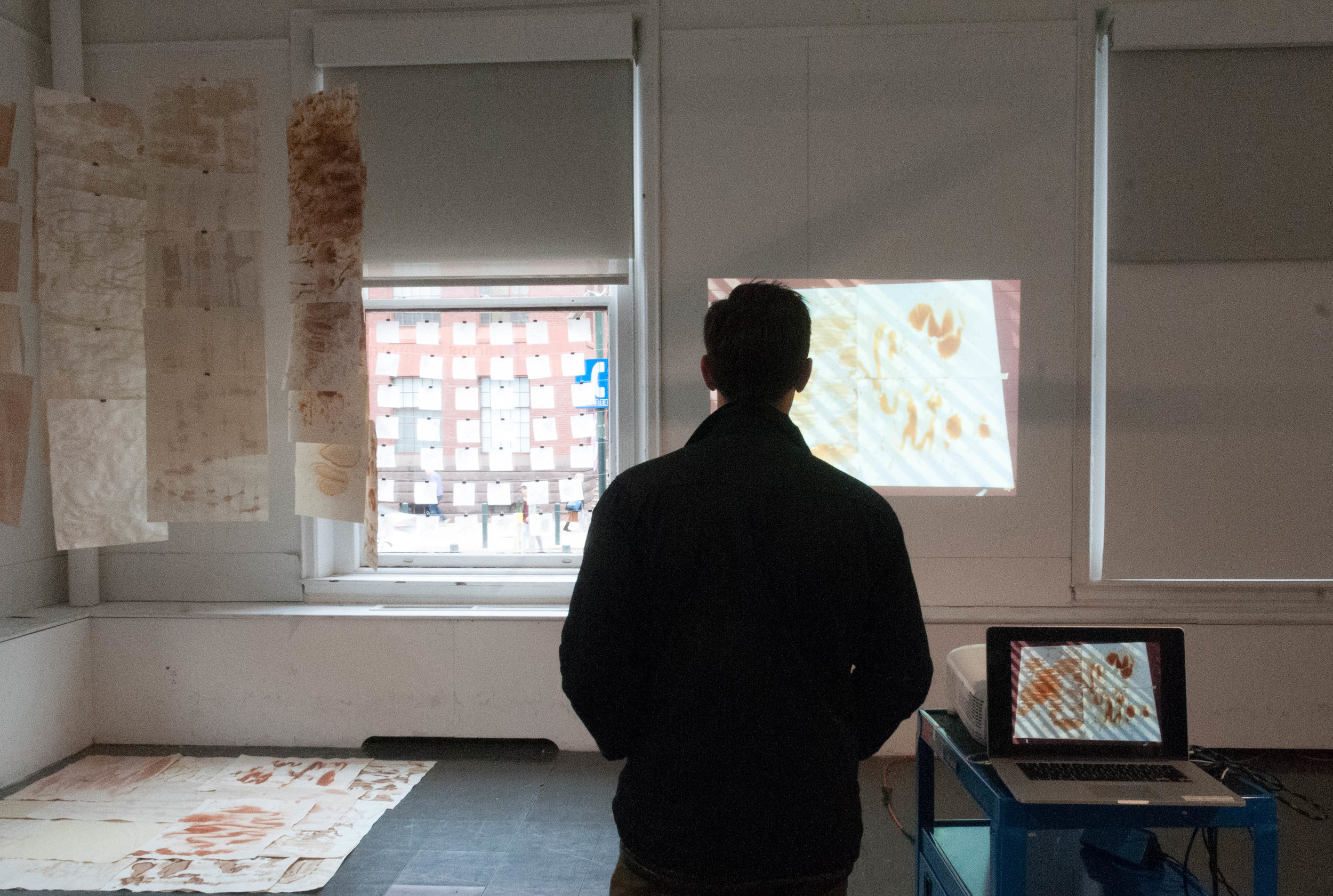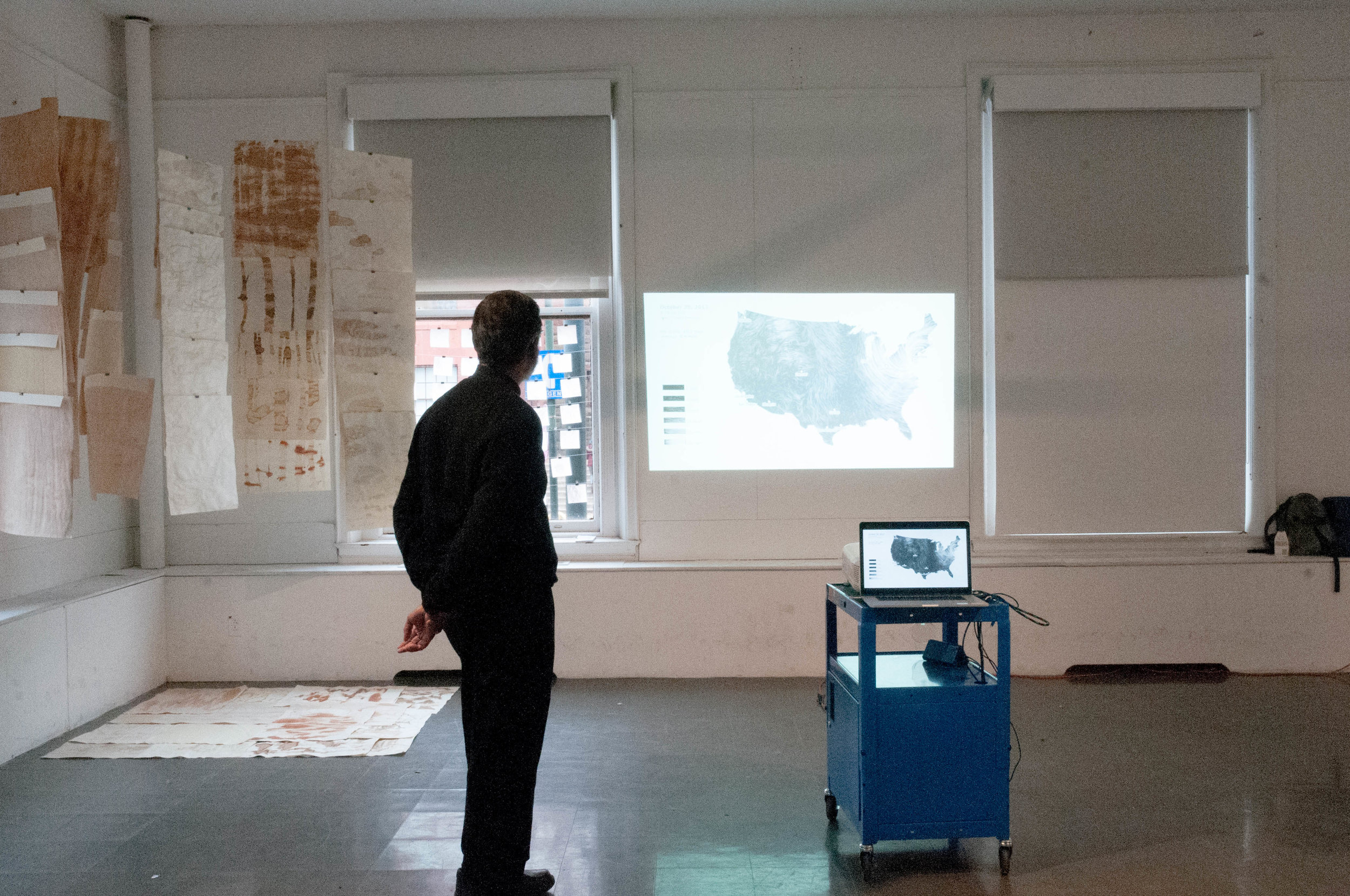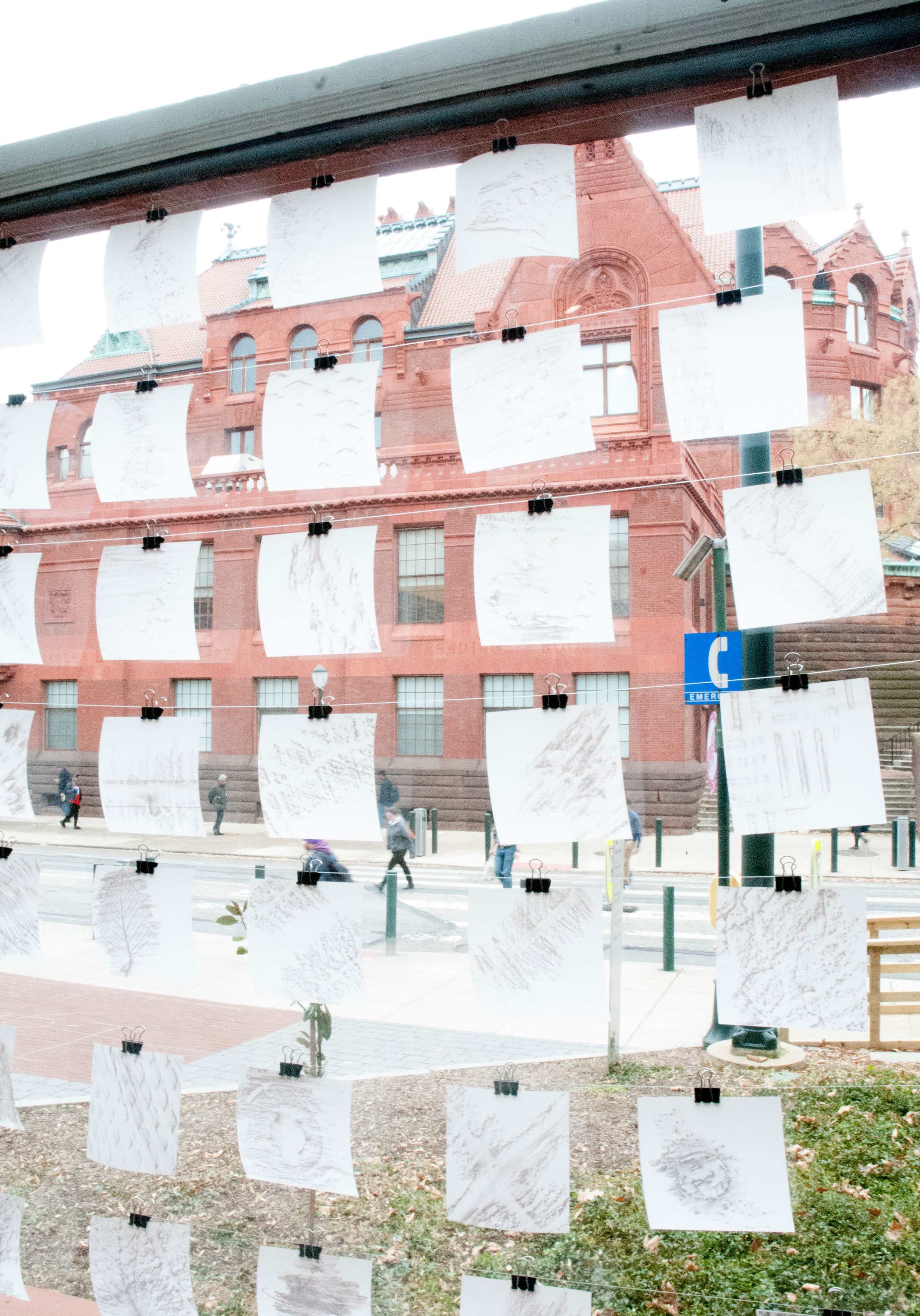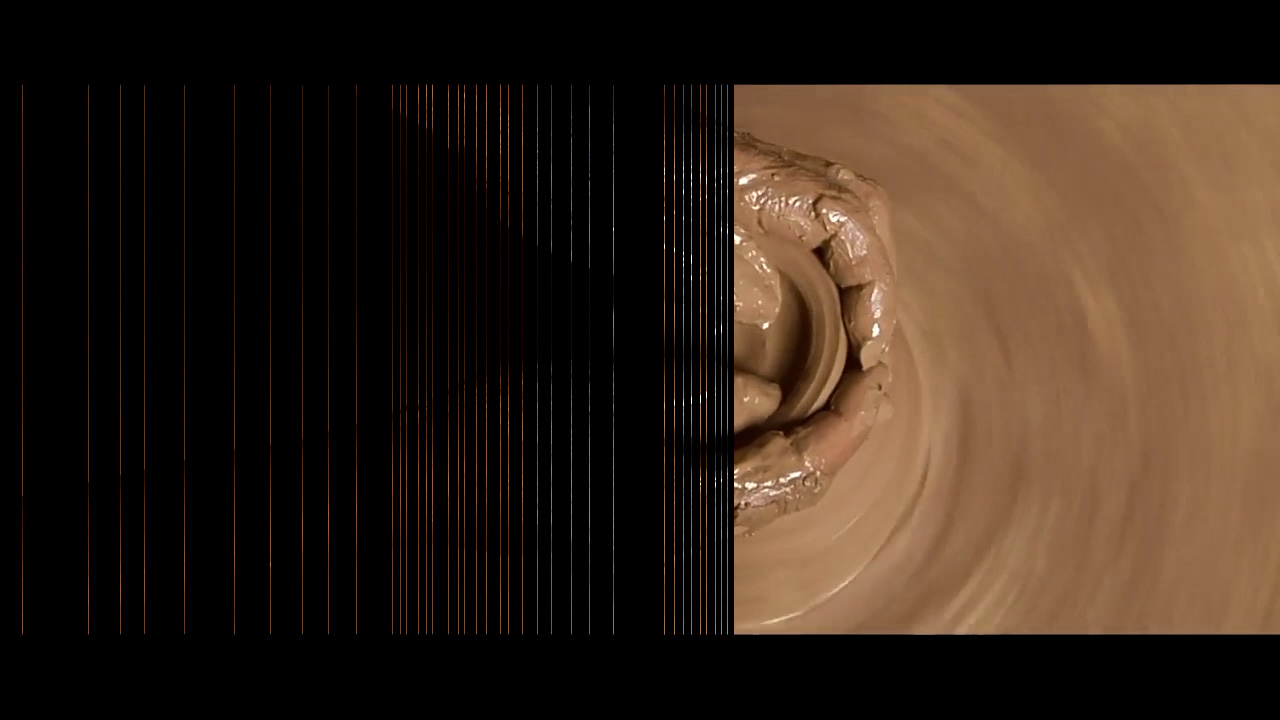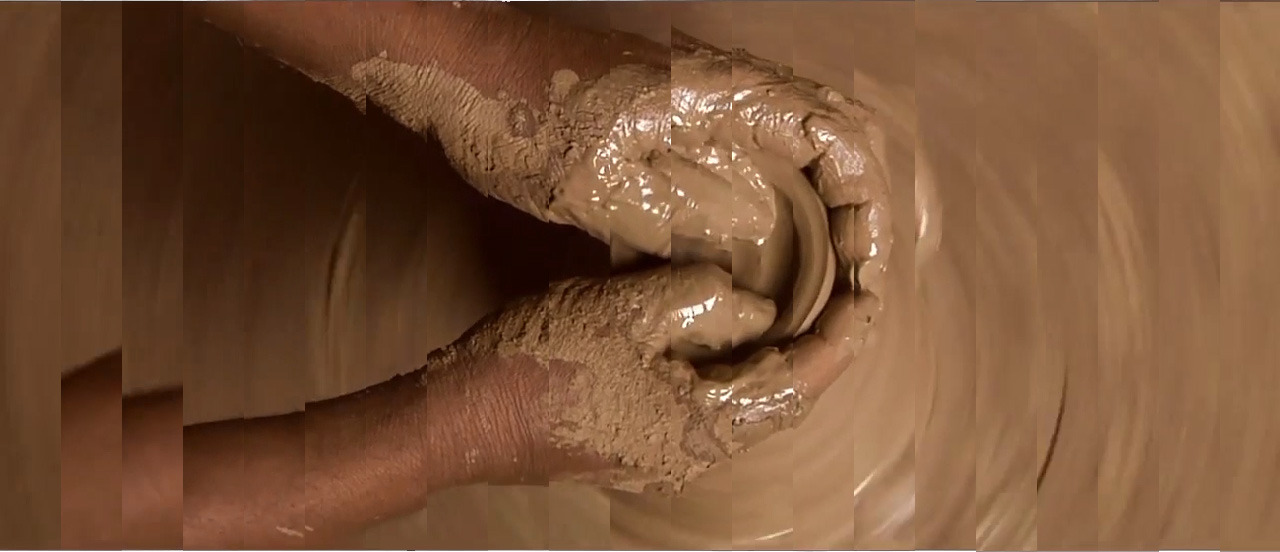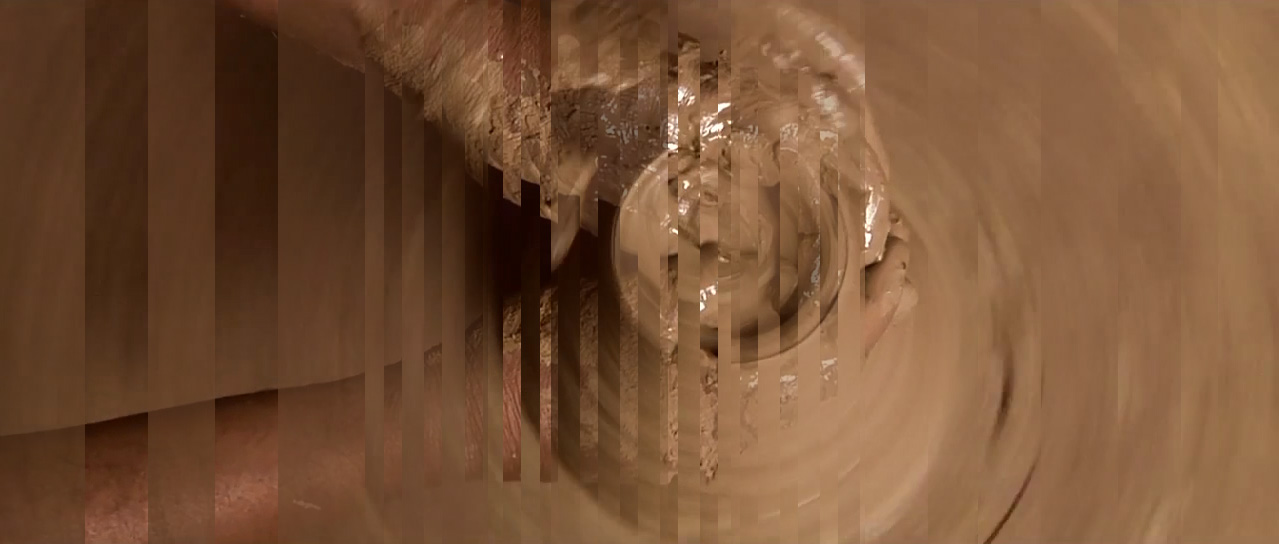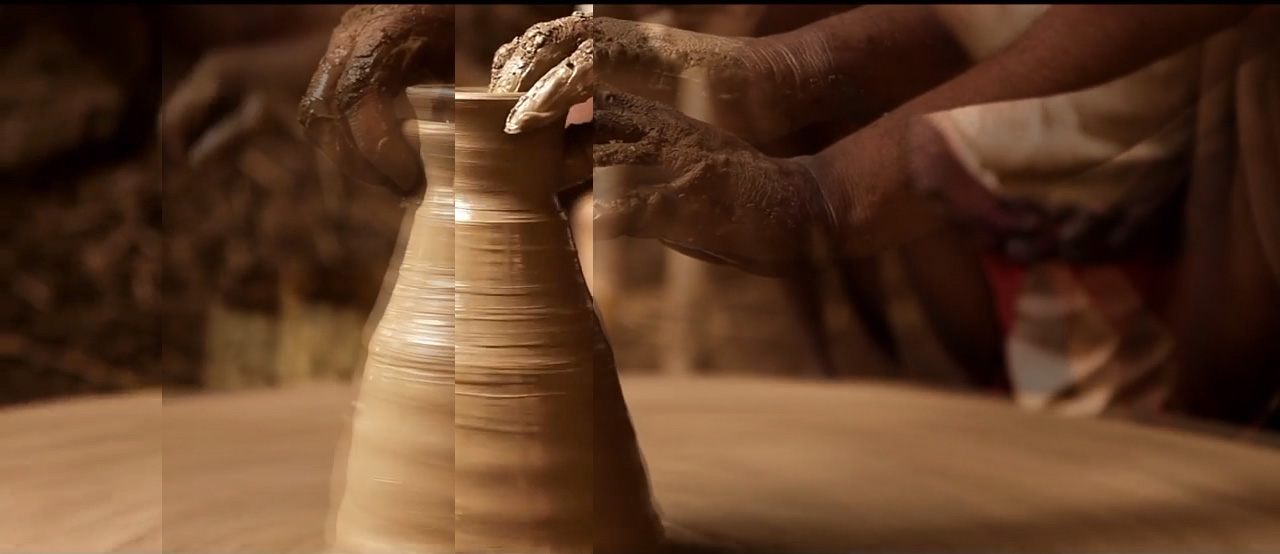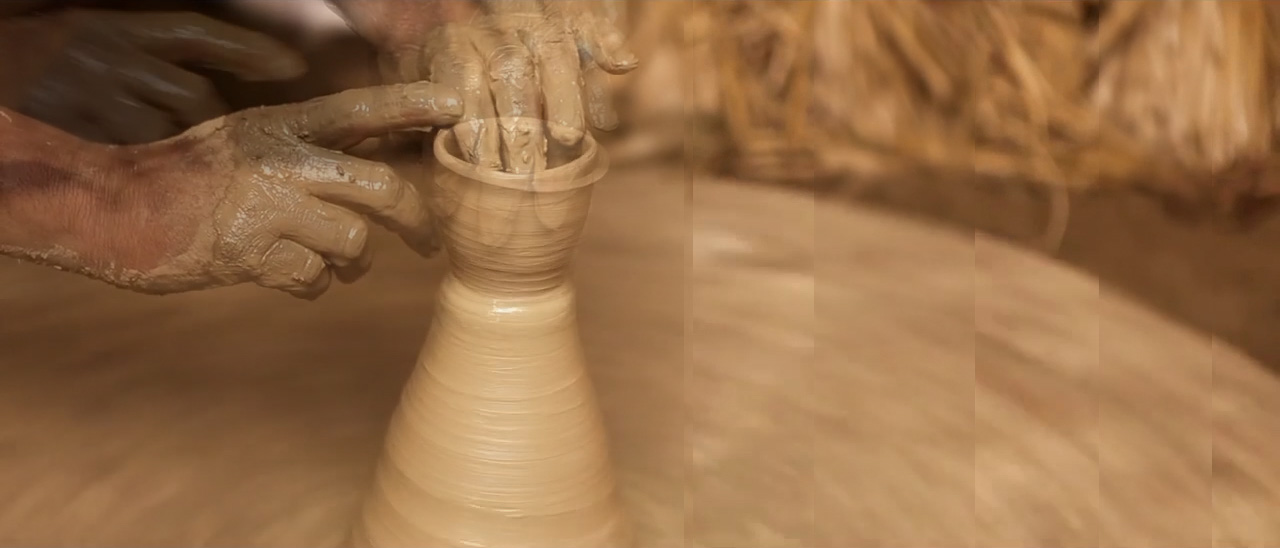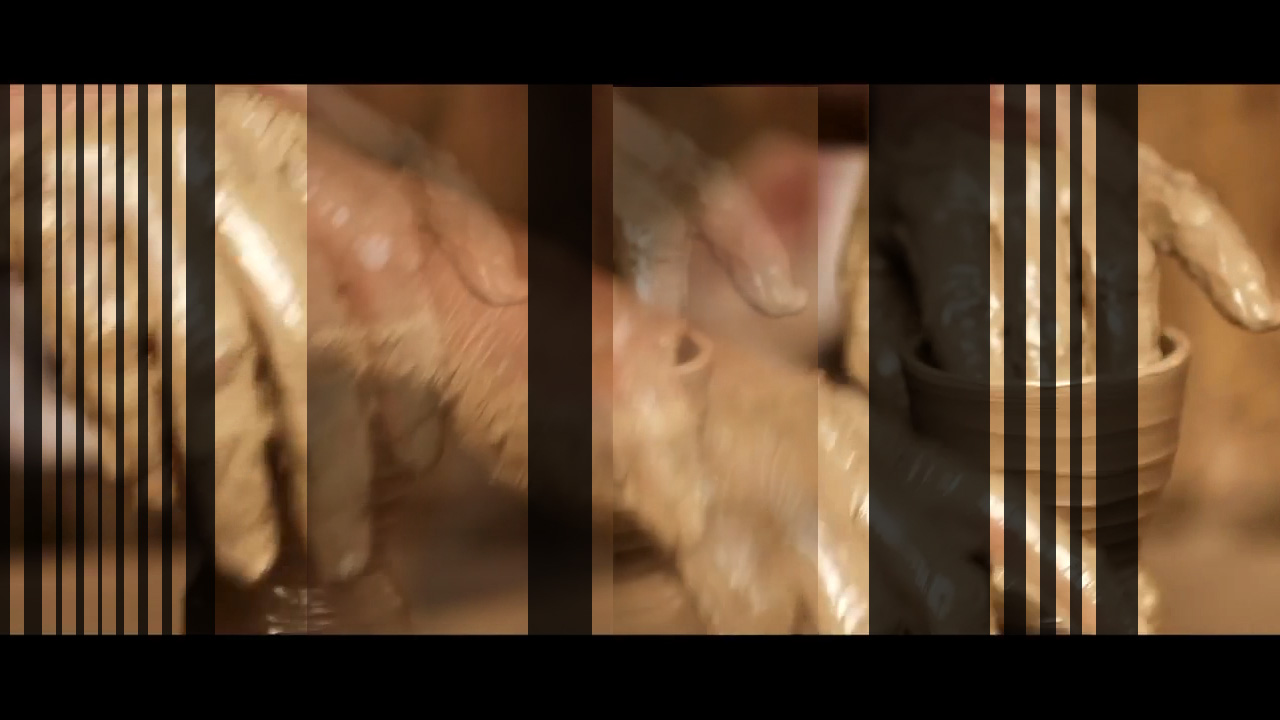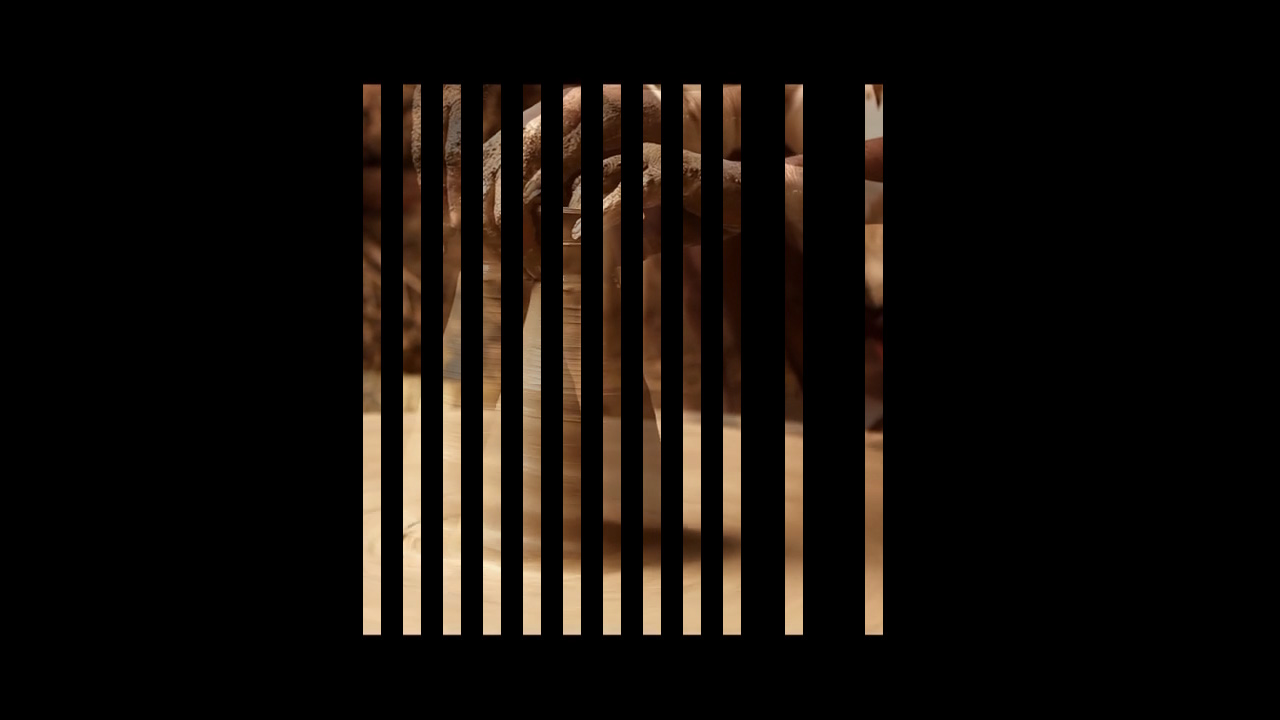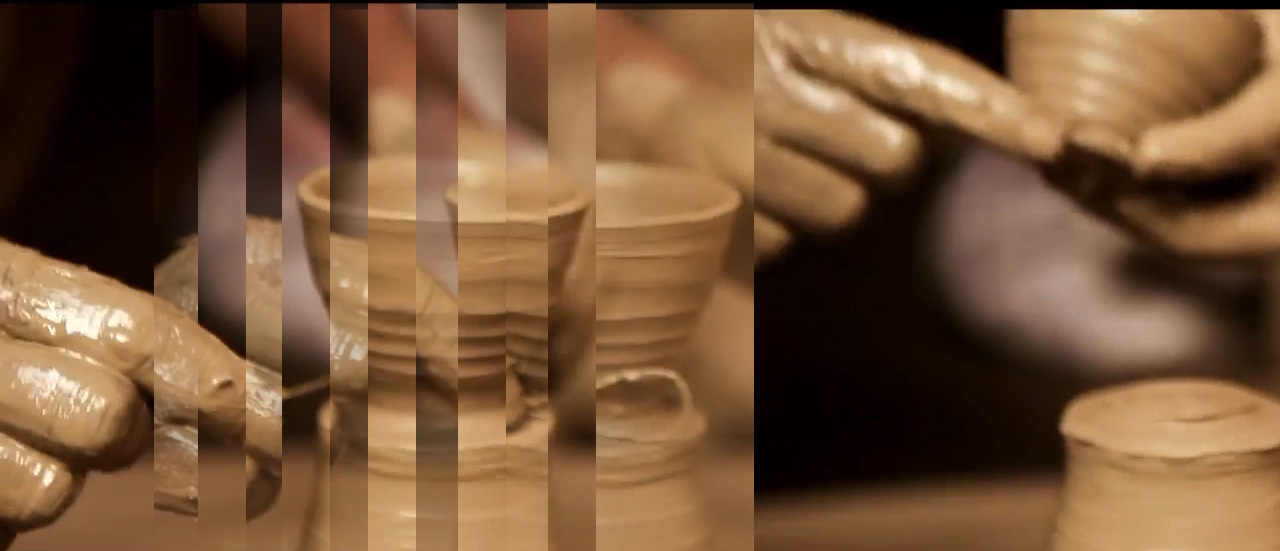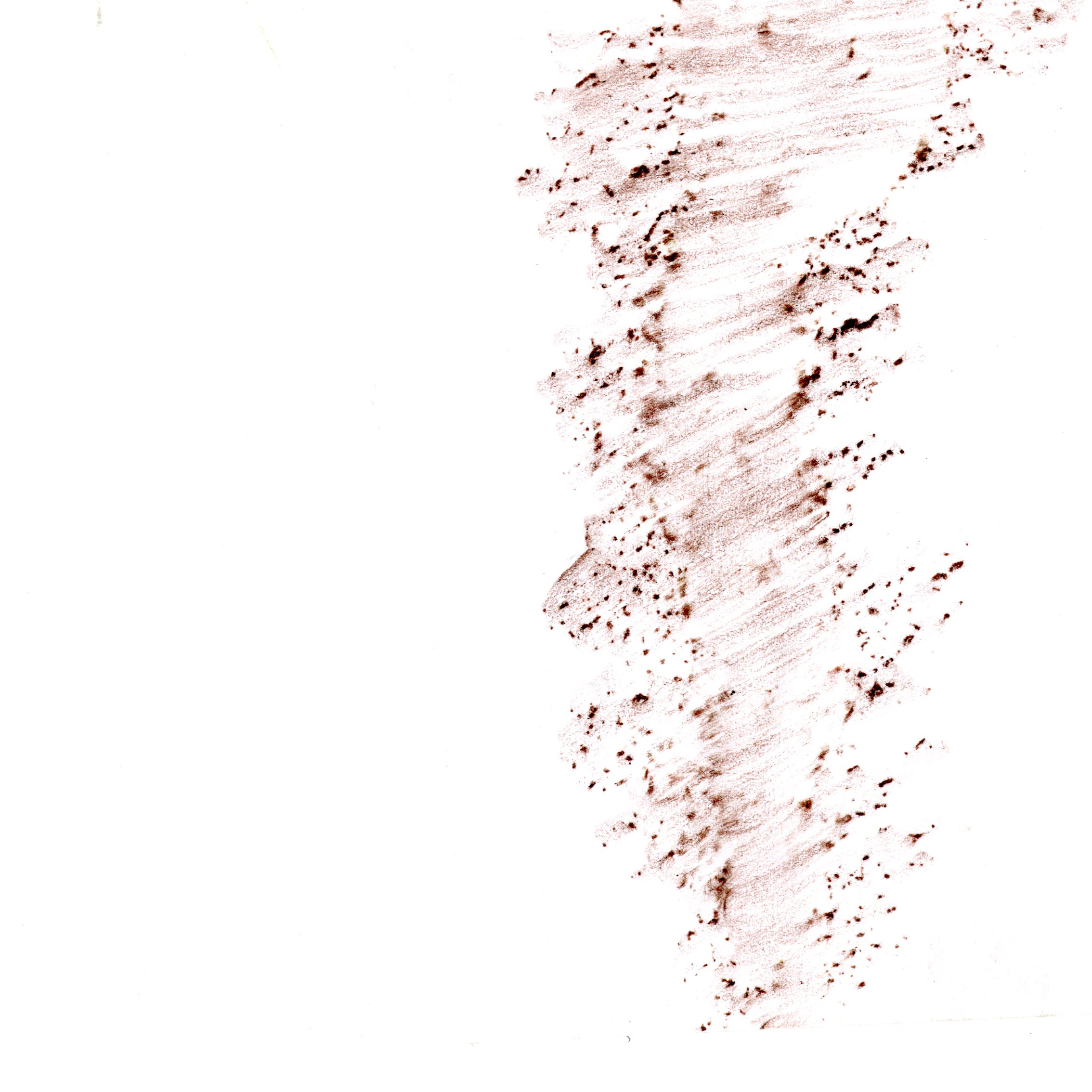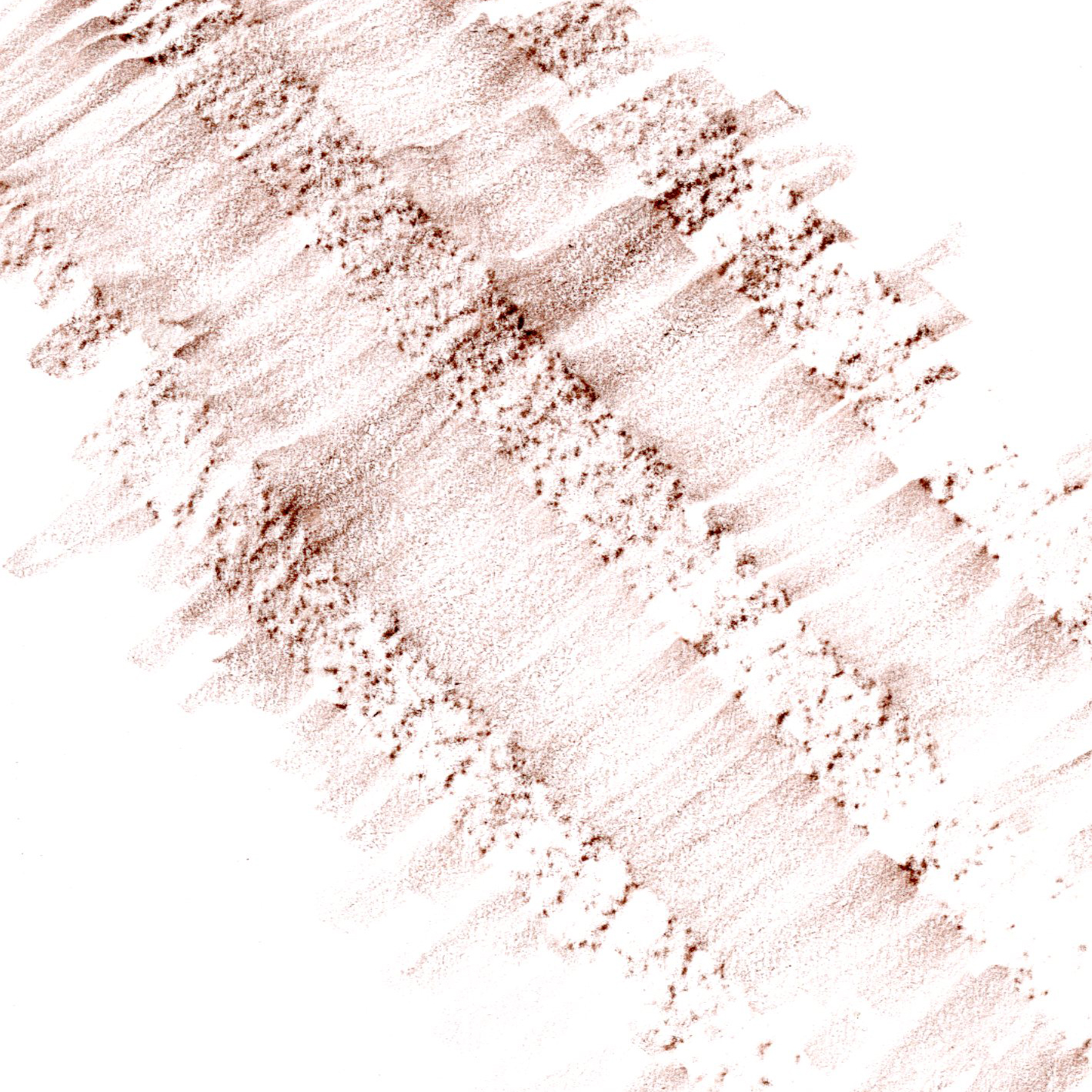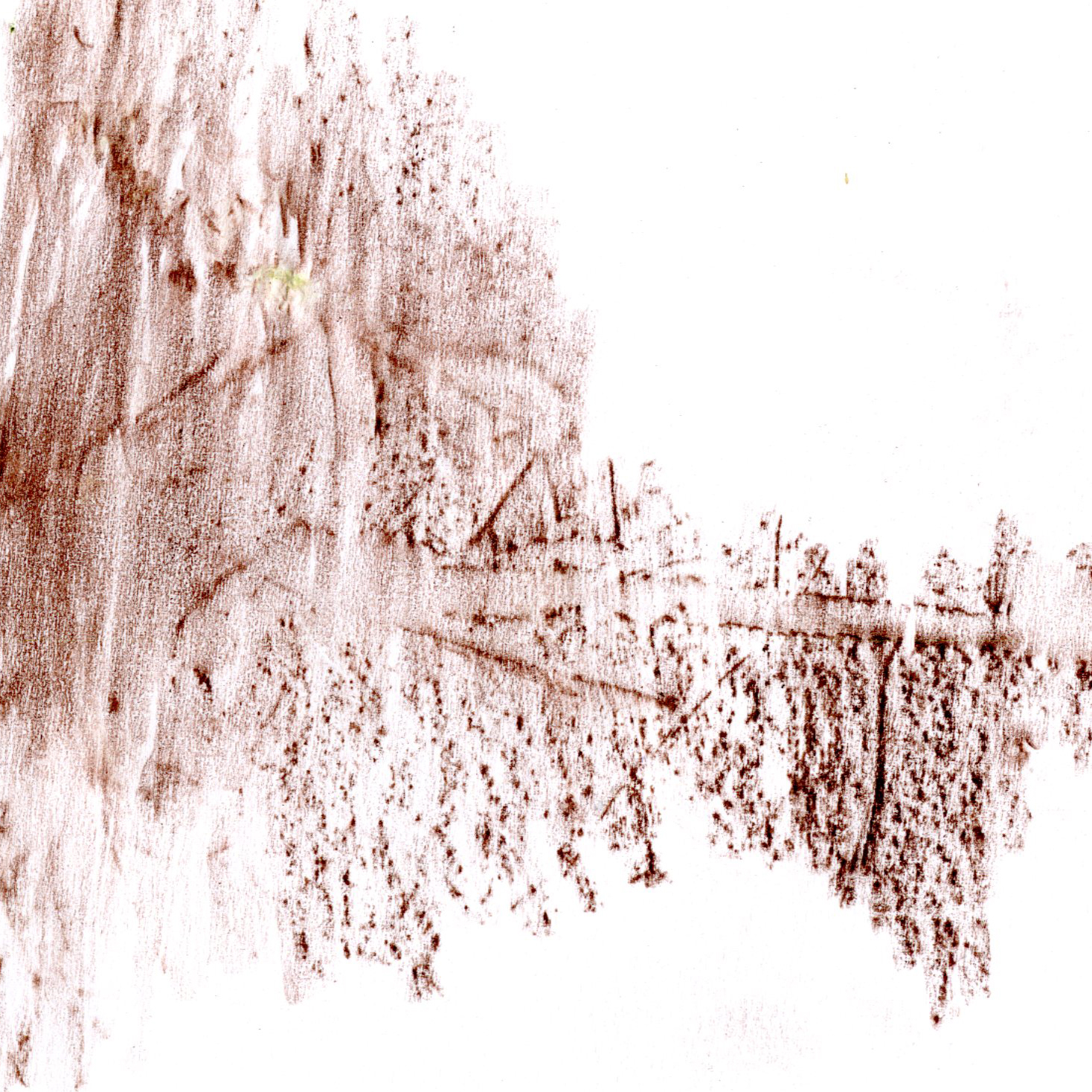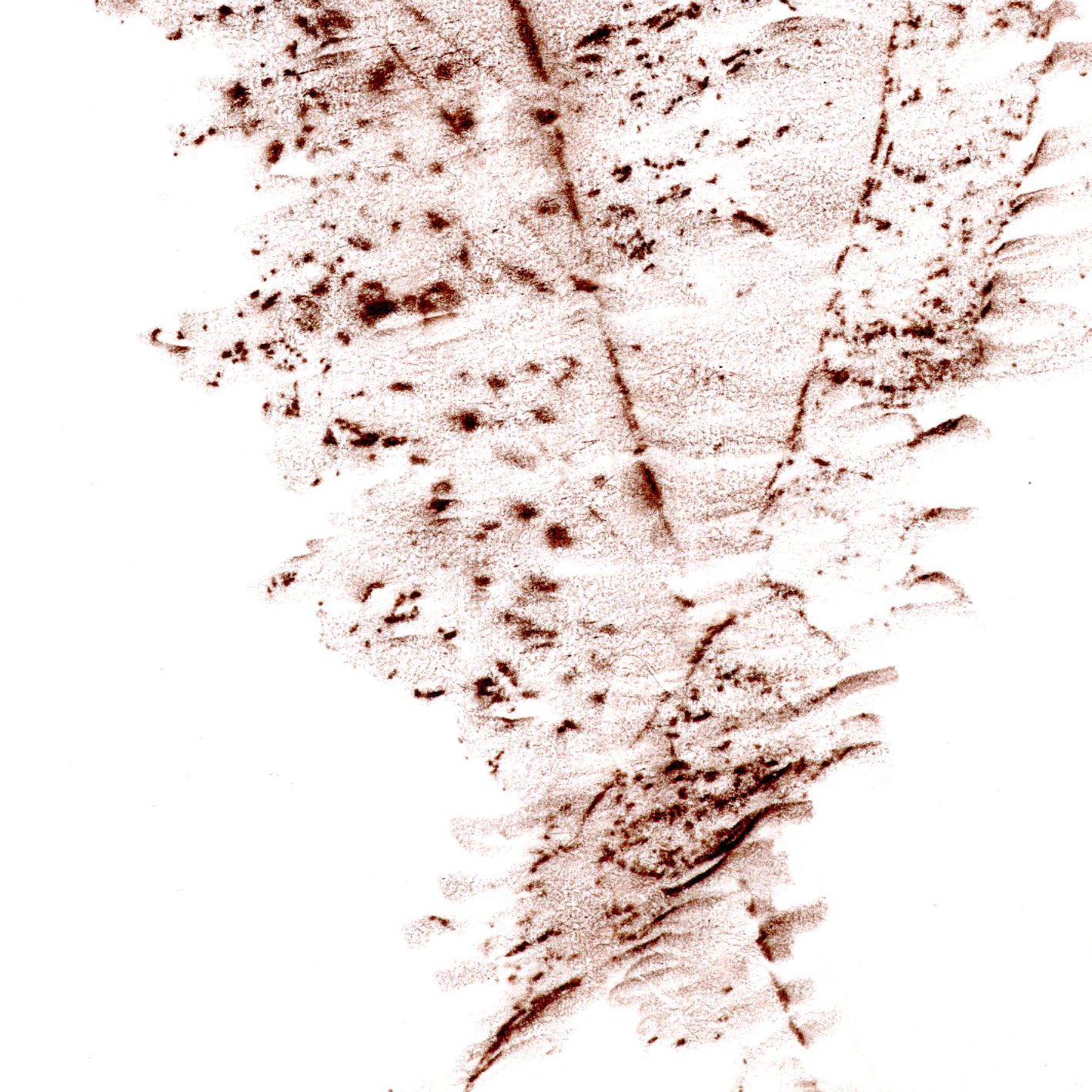Design in the Terrain of Wetness
In my first semester of Graduate School, I took a class called Design in the Terrain of Wetness with Anuradha Mathur at Penn Design. Mathur challenges us to see beyond water. This is a glimpse into the results from my class.
H O L D I N G
a practice in wetness
by raka sen
materiality | clay, tea, coffee, dirt, the materiality of this semester’s projects is from and of the earth to try to re-present the earth’s relationship to wetness.
embodiment | the earth holds wetness in gradient. the earth holds wetness temporarily.
temporality | you can feel the absence of what has passed by: small disappearing moments. this moment, too, will pass by.
holding | the central theme of this series is the different ways that wetness is held, as humans we force water into shapes, forms and moments, but water moves beyond.
a stain, a clay cup: what do they have in common? they both exist in phases of wetness, they move from wet to dry but change again with the addition of water. as it changes from phase to phase, something disappears and something remains. each moment as it exists now is a remnant of what is, what was and what is to come.
and a rubbing? a rubbing exists in the same narrative of moments. it is a snapshot of the inverse of what existed in the moment that it was rubbed.
Clay Cups
Staining Sandy
A WALK
As stated by Decerteau, the story begins on the ground level, with footsteps.
What is the purpose of this road?
This walk is a transitional space.
For most, it is the space that stretches from home to school.
For most, it is a little brick road that is intended to be walked upon and then forgotten. A temporary means to get you where you are going and then fade away.
You can feel the absence of what has passed by.
The absence of what has passed by; the absence is more than just of who has passed by but also of what:
Small disappearing mirrors, the quick sounds of rushed footsteps, the rays of light beaming through the tops of neighboring buildings, the fallen leaves and the messages carefully left in colorful chalk.
Space that can be occupied, but isn’t
Space that is occupied, but only for now
Thoreau discusses the importances of walking just to walk. Walking as practice.
He looks for home in the moment and distances himself from a physical moment.
When I look for home in the present moment, I find movement
Movement of the winds, the clouds, the trees, the people, the colors, the light
The only stillness is in the bricks, the burnt reds anchor the movement to this place
The most beautiful movement is that of wetness.
Water accumulates slowly, sometimes
Water accumulates quickly, sometimes
It always creates the same effect:
A small mirror, reflecting the footsteps, the colors of umbrellas, the leaves.
While washing away the leaves, the chalk and the rays of light.
But eventually, the cacophony of color that appears amidst the dreariest of days disappears into the sun rays.
The movement to dryness is beautiful in its own right.
There is a beautiful gradient that is created in the time and space in which these bricks move from relative wetness to relative dryness.
And then, just like that, the moment is over. The student reaches the classroom.
The teacher reaches their office. The librarian reaches the library and the research reaches their laboratory.
The walk remains.
The bricks continue to live, change and move in stillness.
The story ends where it began, with footsteps.
Traces
